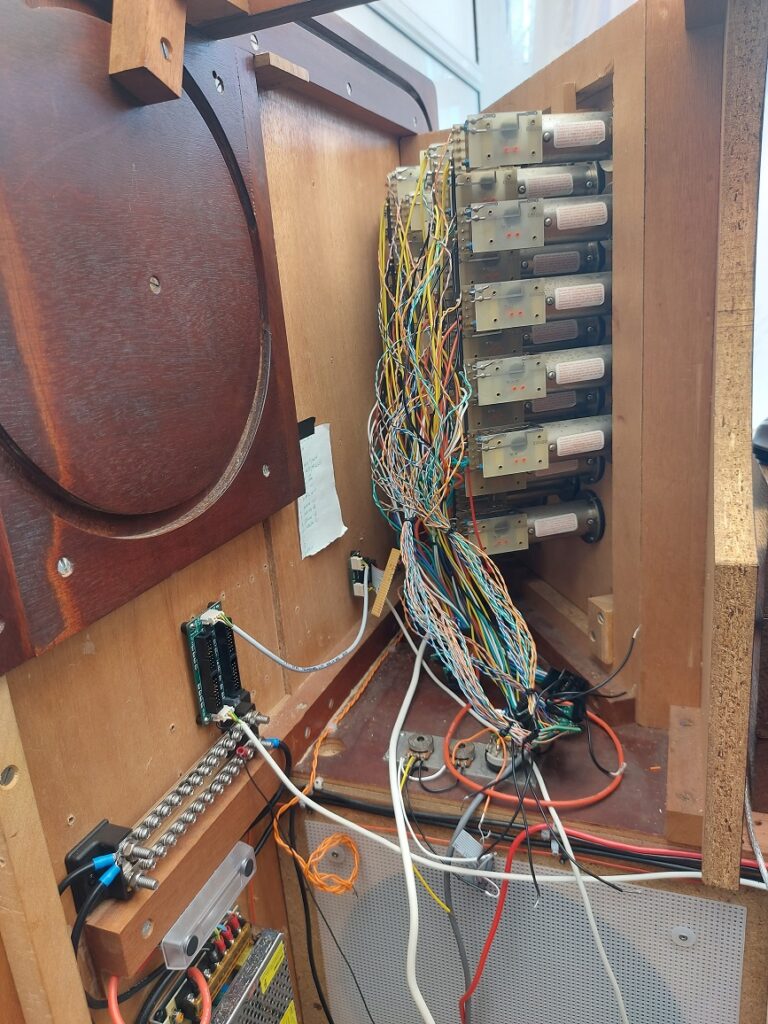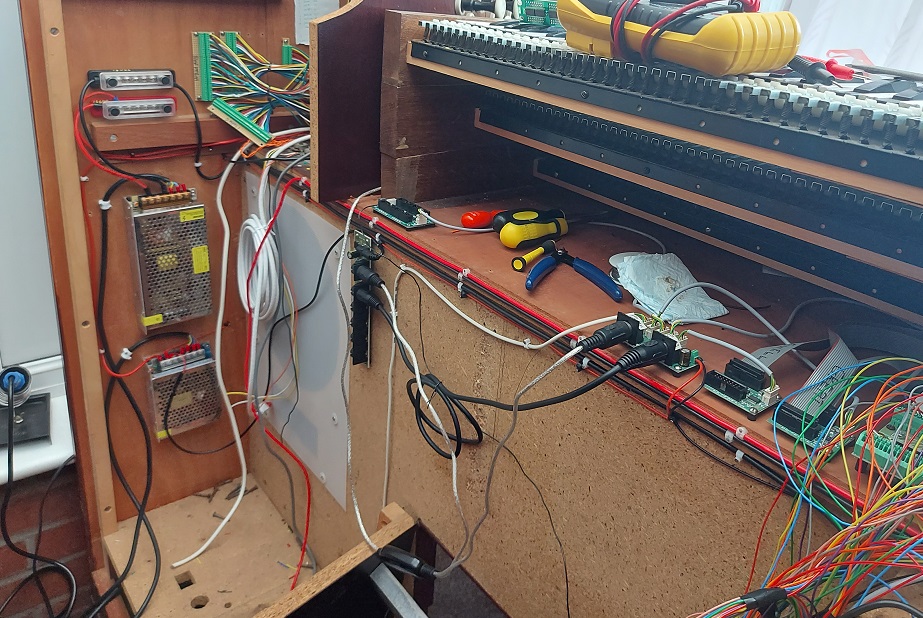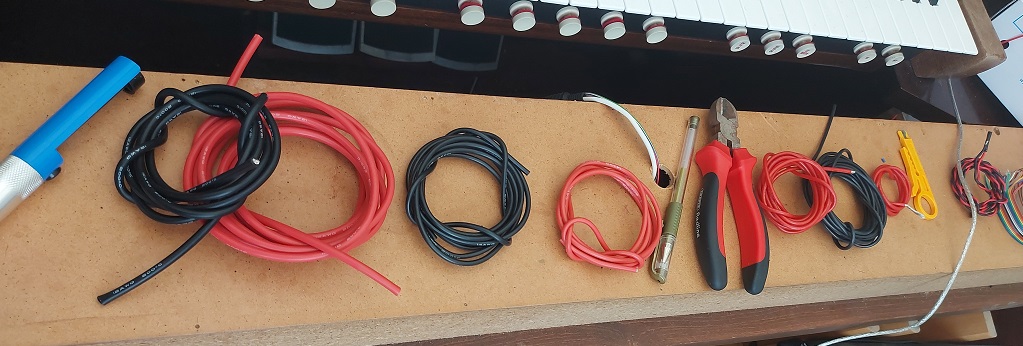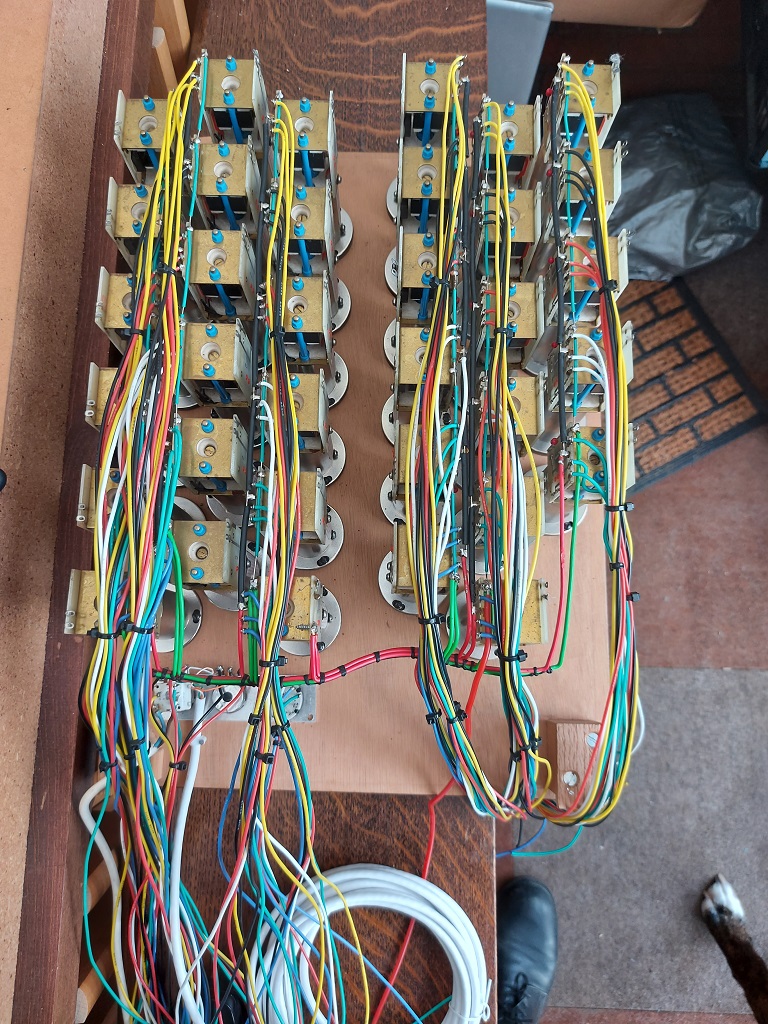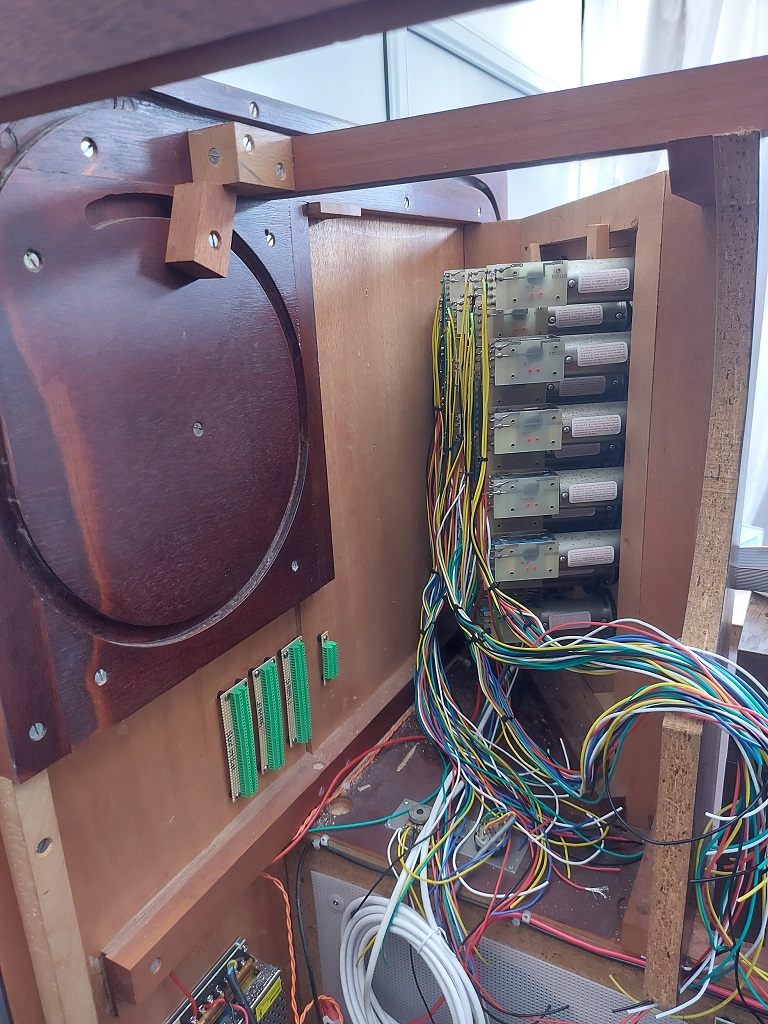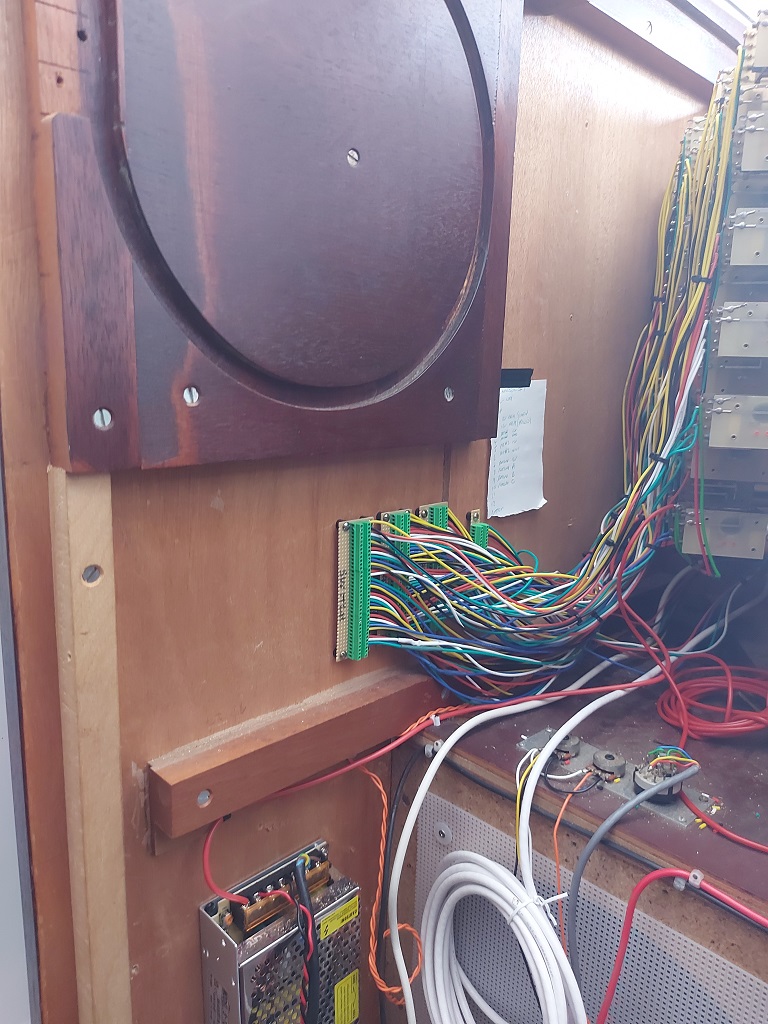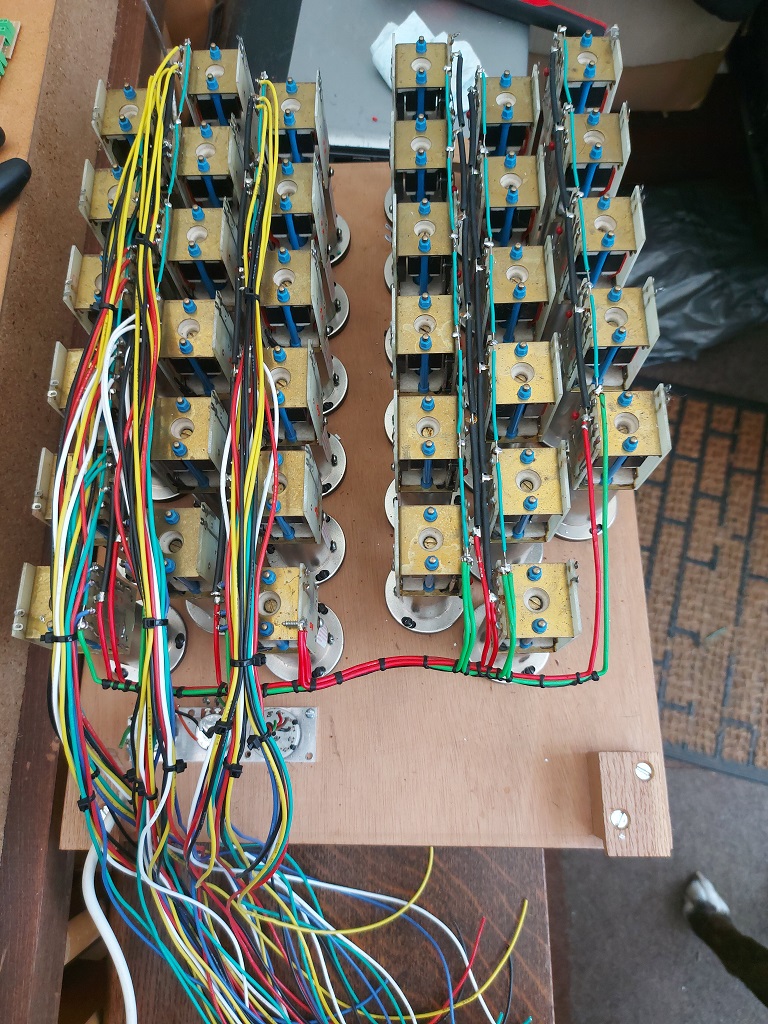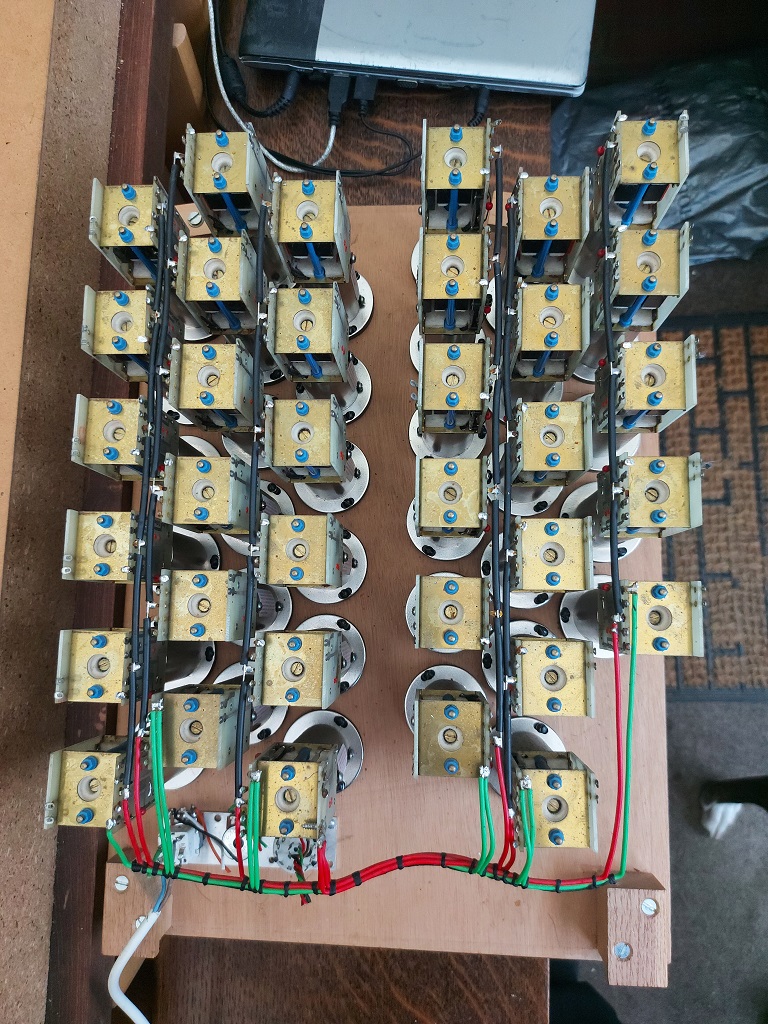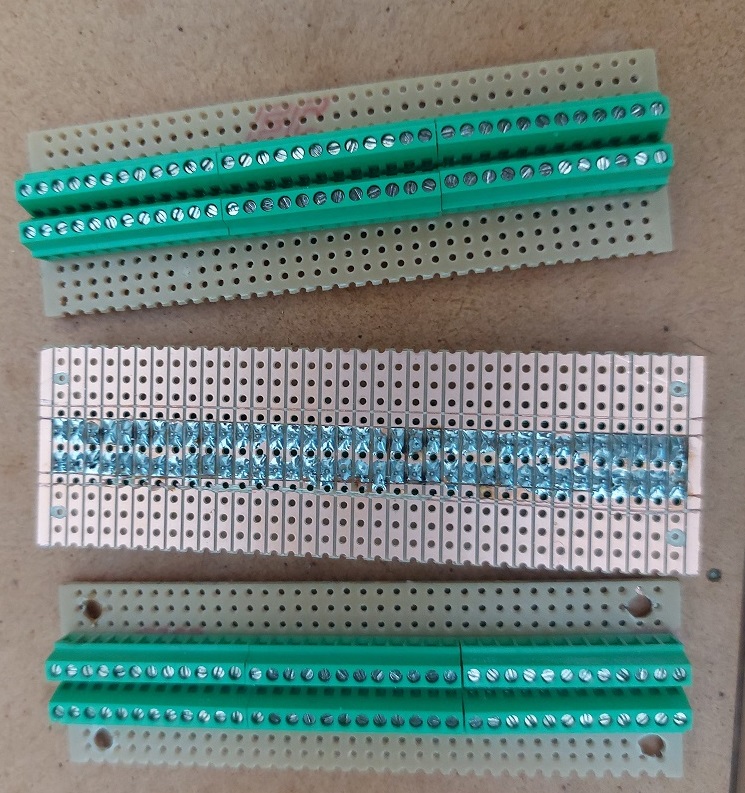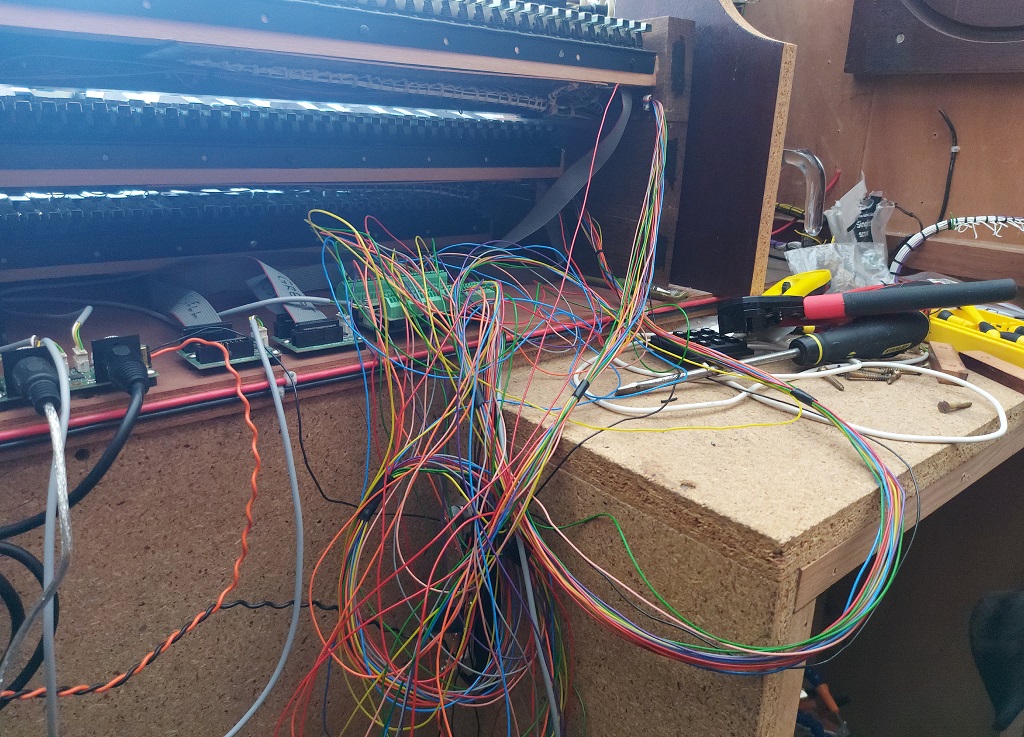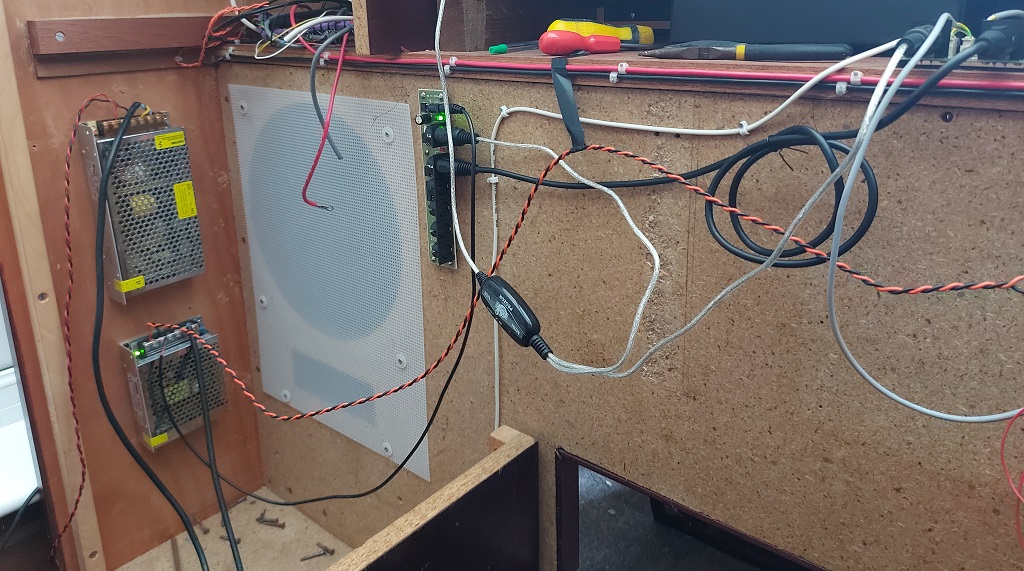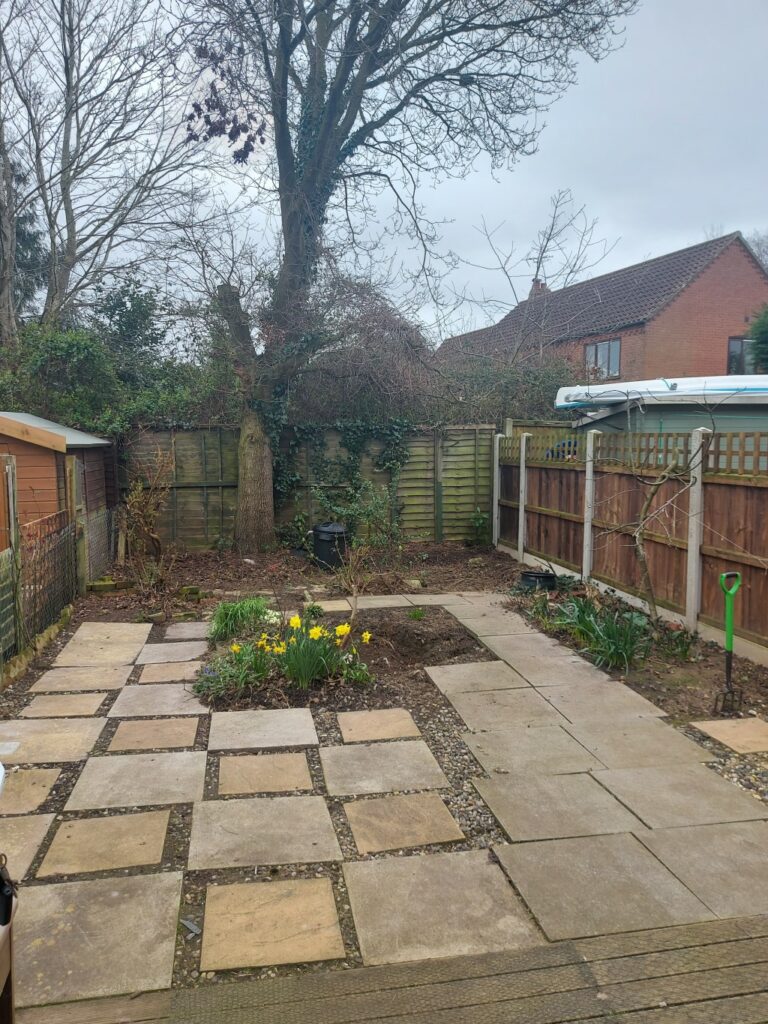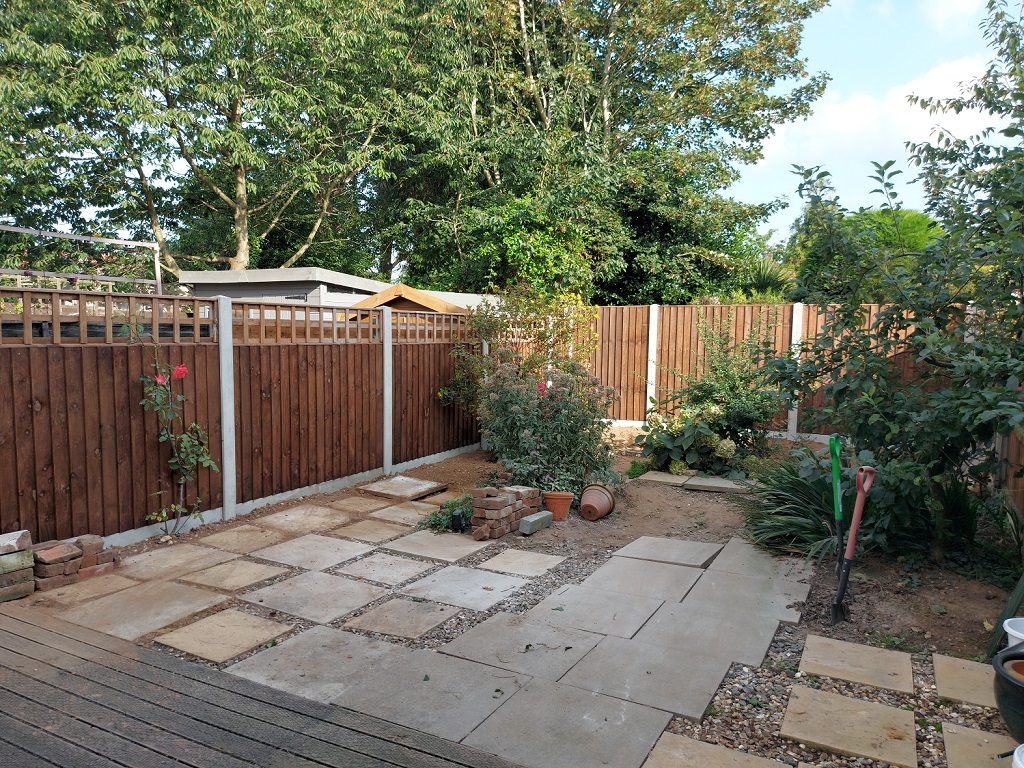(Updated: 22/07/2022)
Upon request, I am furnishing a list of all the MIDI parts I am using at the moment. This list will expand as the organ nears completion, and it a good idea to take stock of the story so far.
The MIDI subsystem entwines its tendrils throughout the console. Its job is to translate analogue signals – such as playing the keyboards, pulling out drawstops, and exercising the expression shoes – into digital ones. These digital signals are processed by the computer when running suitable software (such as Grandorgue or Hauptwerk), which acts as the brain of the instrument. It also works in the opposite direction: digital signals can be translated into SAM pulses to turn drawstops on or off. The MIDI subsystem is essentially the nervous system of the instrument. Now, on with the list. (All components are from Midi Hardware unless otherwise stated.)
The List
- MRG2: The cortex of the MIDI subsystem, which connects all the other input modules. The MRG2’s job is to encode signals using the MIDI protocol and transmit them to the computer.
- DMS-2K: There are two of these. Each of them can connect to up to two keyboards in matrix configuration. The Great and Swell are attached to one, and the Choir/Positive to the second (with one spare).
- PEDSCAN: This module connects the pedals (and expression shoes).
- POT12: This little module connects all the pots (except for the ones on the expression shoes).
- BBS-1K: There are three of these: one for thumb- and toe-pistons, and one for each stop jamb. Their job is to signal pistons being pressed, stops being drawn, and switches being turned.
- MIDECO: Two of these for each stop jamb. They receive MIDI messages and convert them into signals for the SAMs.
- MIBO-LITE: Three per stop jamb. They are the interface between the MIDECO modules and the SAMs. The SAMs need 18V, which is far more than can be provided by the MIDECO: it breaks a sweat at 5V.
There is also a MIDI splitter, which splits the MIDI-IN port across the MRG2 and MIDECO modules. This came from MIDI Boutique. It’s a nice board, but it probably won’t be needed in the long term.
I have now reached a temporary pause, while I wait for some more toys components to arrive over the course of April. Next on the agenda is to replace the remaining two pots and wire them into the POT12. Then, fix a couple of sticky drawstops (need David’s advice and help for that).

